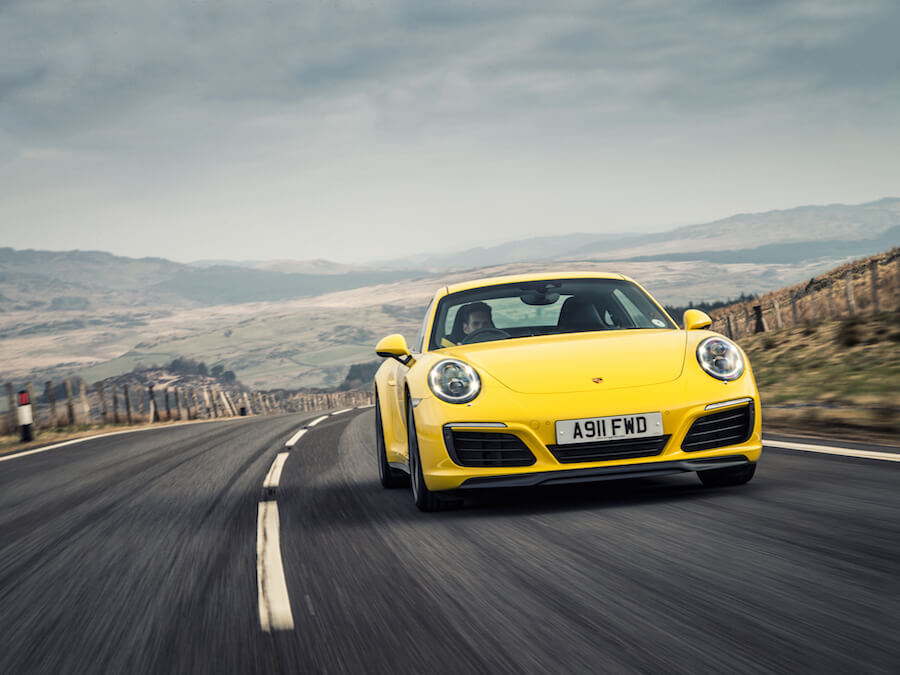Published on April 6, 2016
Porsche 911 Carrera 4S review
Porsche's timeless 911 gets another refresh, this time with all-turbo engines. Can it stay as characterful as ever?

Neil Briscoe
Pics by Richard Pardon
-->





























